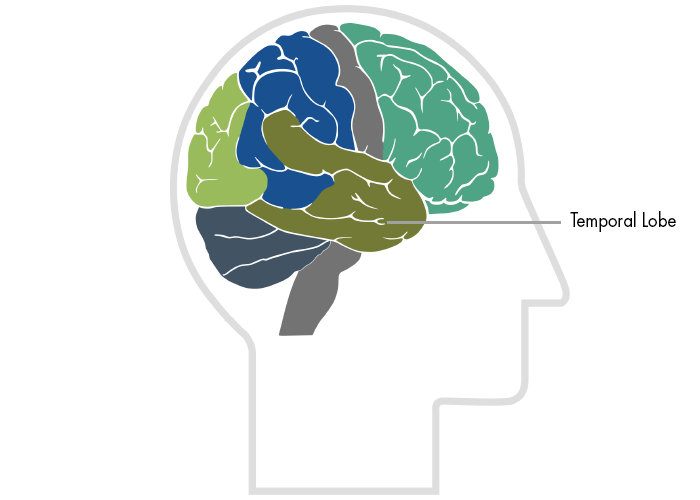Brain overloaded and densely saturated with facts.
That's what happened this morning during lecture class at 8 am. I slept at 2 am so there wasn't enough oxygen in the brain to keep me wide awake during class. And we were just getting to the most interesting part of Psychology! Introduction to Psychology Part 1, which is basically about the brain in Chapter 1. We need to know the structure of the brain, the different and confusing names, the functions etc. It's like learning Biology all over again! :D
Don't you think the brain is just marvellous? It's just this thing, which is about 1/3 of our whole body, probably smaller but yet it controls EVERYTHING! It determines the emotions you're feeling. The reaction that is supposed to happen. It's so simple yet so complex. Ahh.. simply loving it.
These are the few terms that I can remember during class today. The lecturer is pretty good.
1. Hippocampus. Imagine a hippopotamus going to campus and getting lost. To avoid getting lost, it needs to remember the way it came in. Hence, the hippocamus is in charge of memory.

2. Cerebellum. In charge of body movement and balance.

3. Temporal lobe. Situated at the side of the brain. In charge of hearing. (Temporal sounds like telinga hence hearing)

Okay that's about a few things I can remember lah.
Anyway, was reading this journal on Brain Sexualization and Plasticity. Sounds interesting?
Found out that there's a type of fish named teleost fish. Below is an excerpt from the journal
Among vertebrates, teleost fish are unique in many respects, but one
of the most intriguing ones is their capacity to change sex duringadulthood. Indeed, while hermaphroditism is quite common ininvertebrates, mainly in worms and snails, or in plants, it is rarelyseen in vertebrates.In contrast, teleost fishesare known for exhibiting several forms of natural hermaphroditism. Somespecies are synchronous hermaphrodites that have both ovarian andtesticular tissues and form spawning pairs performing cross-fecundation.Other species undergo genetically programmed sex changeduring development.In protogynous hermaphrodites, animals arefirst females before becoming males. In contrast, in the protandroushermaphrodites, testicular tissue predominates first but, after atransition period, the ovarian tissue takes over and the fish behavesas female.
 |
| I think this is the teleost fish |
How cool, right?
XD
Cerebellum ber-ballet with good bellence (balance!)
ReplyDeleteThe teleost fish is freaky woman.
Haha good one on the cerebellum.
DeleteEh the teleost fish so cute leh. Haha. It's so weird how they can change sexes. I wanna try it too. Haha!
U wanna try what?!
DeleteOne day be a girl and another day a boy XD
Delete